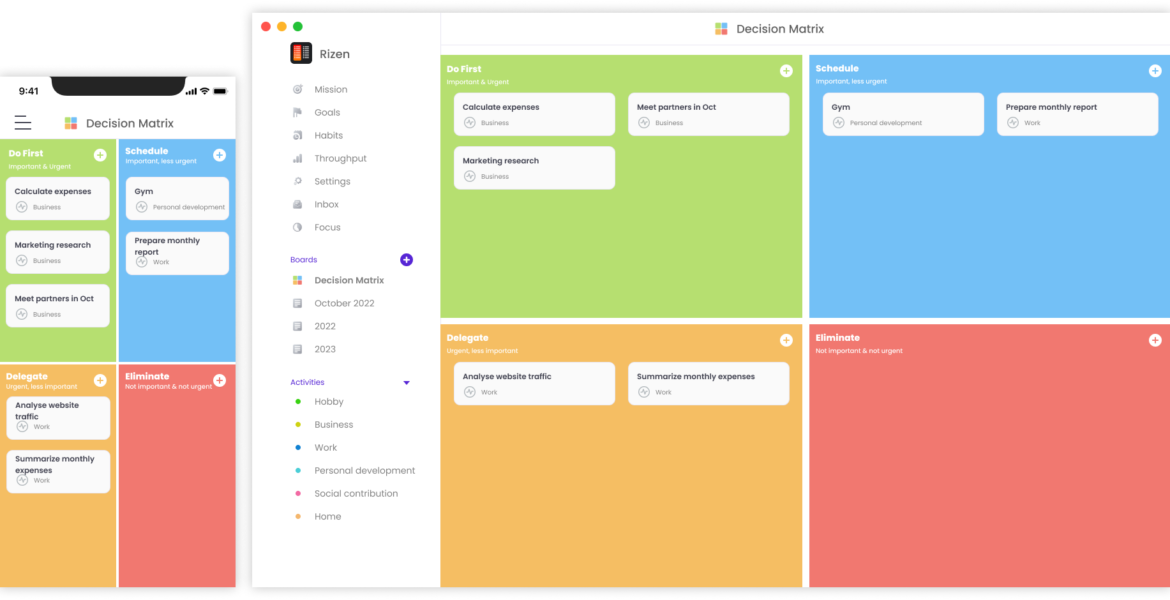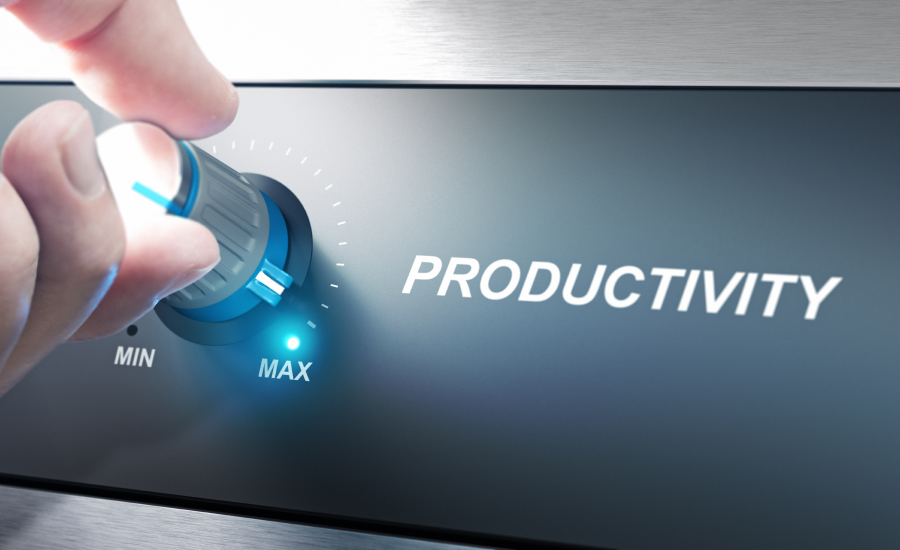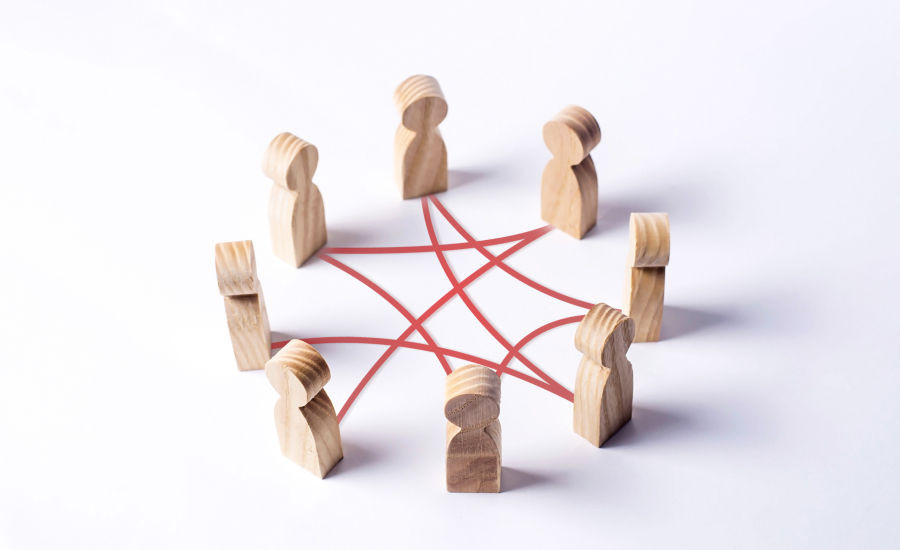Introduction
The concept of flow has intrigued researchers, professionals and recreationalists alike over the past few decades. Defined as an optimal state of consciousness, flow is experienced when we become so deeply engaged in what we are doing that we lose track of time and become “in the zone”—as if we are running on autopilot. There is ample evidence showing that such states of flow can generate confidence and motivation, leading to better performance and productivity in whatever endeavor one pursues.
What is Flow?
Flow is a mental state in which an individual is completely and utterly absorbed in an activity to the point where self-awareness and worries dissipate, and the experience itself—rather than the reward from it—becomes the primary focus. The term was made popular by psychologist Mihaly Csikszentmihalyi in the 1990s, in his book Flow: The Psychology of Optimal Experience.
Flow is characterized by total immersion in an experience, the complete temporal transformation of one’s mental state and a subjective sense of control in performing a given task. This state of being is filled with excitement, creativity, and heightened performance. When we are in a state of flow, it is difficult to remain distracted or focus on anything apart from the task at hand.
How to Achieve Optimal Productivity Through Flow
Working towards achieving an optimal state of flow requires an individual to have a clear focus on their goals, strong motivation, and an appropriate environment. Here are some tips that have proven to be effective:
- Identify Your Goals and Prioritize Tasks: It is essential to identify your goals and prioritize tasks in order to reach optimal productivity. Prioritizing tasks allows you to measure progress and seemingly insurmountable goals become achievable.
- Develop a Process for Accomplishing Goals and Tasks: Having a process for accomplishing goals and tasks is key for any task. A proper process will help ensure that tasks are completed more efficiently and allow for greater levels of focus and concentration.
- Remove Distractions and Create an Environment Conducive to Focus and Concentration: Achieving a state of flow requires an environment without distractions. Do whatever it takes to create a space that is designed to increase productivity. This could include going to a quiet library, turning off notifications on your phone, and avoiding conversations with others.
- Manage Stress Levels and Focus on Mindfulness Practices: Stress can drastically impact productivity and can quickly lead away from achieving a state of flow. It is important to incorporate practices such as yoga, mediation, and stretching into your daily routine in order to keep levels of stress and anxiety to a minimum.










